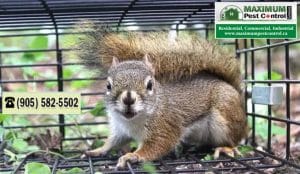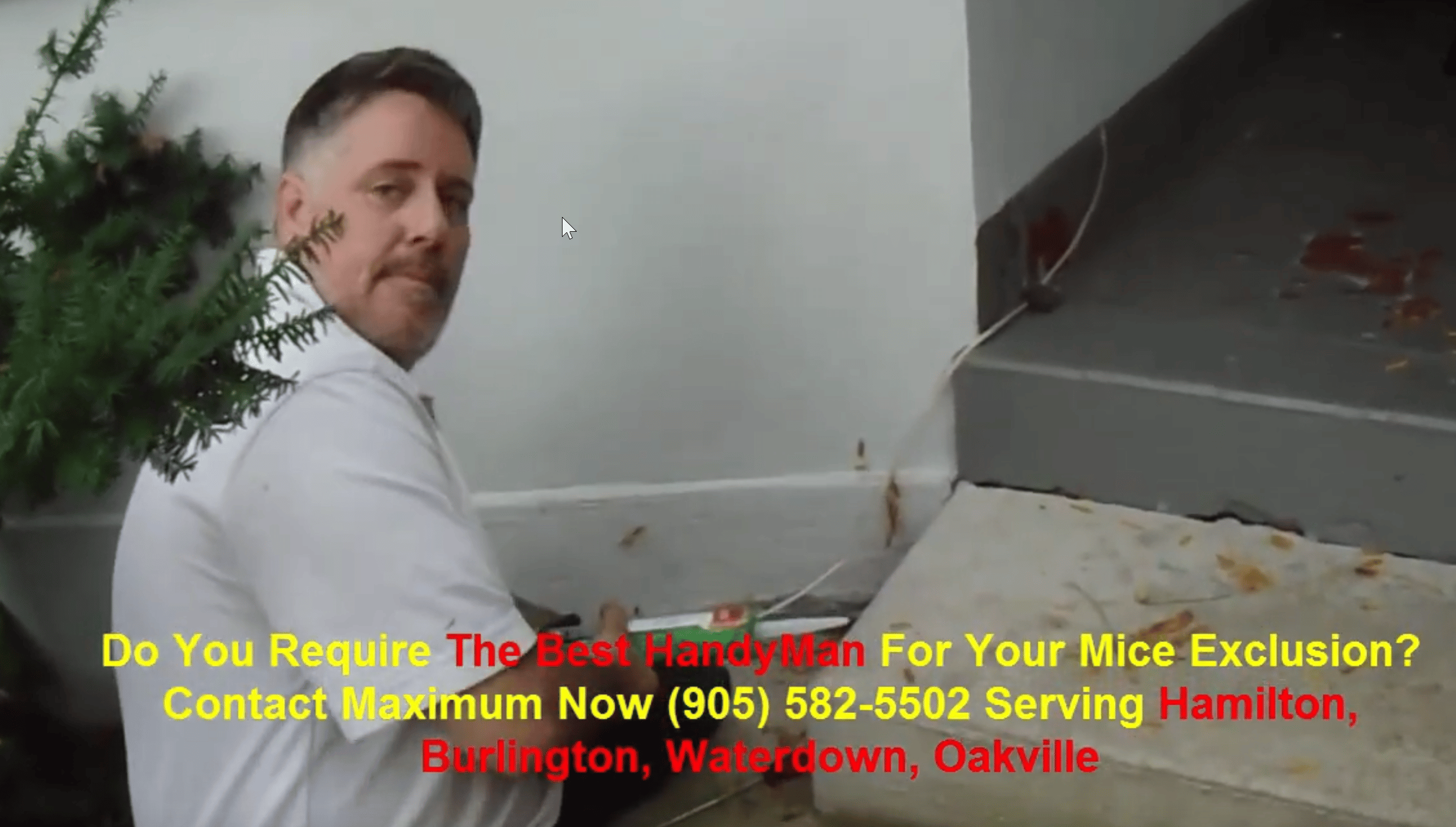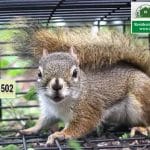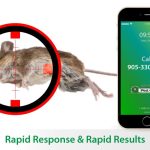
Why Are Squirrels Considered Pests? The Risks They Bring
Remember your early childhood storybooks? Almost each of them had a naughty little squirrel gathering nuts, kicking butts, or at least living happily in an oak tree somewhere in Oakville and Burlington Ontario. Whether it’s their sweet little faces, big beady eyes, beautiful fluffy tails, or high-energy antics, they are absolutely fascinating in books and real life.
But these nut-munching critters manage to earn themselves a bad reputation by stealing birdseed and occupying people house attics. Squirrels also have a knack for gnawing on electric cables, a habit that has been blamed for hundreds of power cuts in the country. When they invade your home, these mischievous rodents can become a serious nightmare. They build nests in wall cavities, garages, attics, and basements, causing a huge mess everywhere and other pests to enter.
Here are other reasons why squirrels are considered pests and the risks they can bring if allowed to get into homes.
What Are Squirrels? What Do Squirrels Look Like?
A squirrel is a medium-sized rodent belonging to the family Sciuridae, the same family that includes chipmunks, woodchucks, marmots, and flying squirrels. These cheeky rodents originated from North America and Europe and were introduced by humans to many other parts of the world, including Canada.
They are mammals and close cousins to separate rodent species of rats and mice. In fact, the two rodent species look remarkably alike and often elicit similar characteristics, such as front incisor teeth that never stop growing and constantly gnawing on hard surfaces to keep their incisors down and sharpened. That notwithstanding, the two species have striking differences in appearance and behavior.
Squirrels are easily identifiable by their slender bodies growing up to 3 ft in length. Generally, they weigh between 11-18 pounds and are well known for their pointed faces, large eyes, and rounded ears. Squirrels are also recognizable by their bushy tails and fur color that varies types of squirrels from gray, whitish, brown, black, yellow, or even red.
Another distinctive characteristic of these sneaky creatures is the large hind legs and small forepaws that end in tiny fingers like human hands. The hand-like paws usually have five/four toes and partially developed thumbs. The padded paws and feet are tipped by claws, allowing squirrels to grasp and climb walls, trees, and other surfaces very easily when done.
Why Do Squirrels Invade Homes. What Do Squirrels Eat?
Don’t feed squirrels as they are not picky eaters. They love vegetables, nuts, fruits, flowers, and even bird seeds. On top of that, they are skilled thieves and will invade your garden if given half the chance. They make a real nuisance of themselves in the garden eating everything from cucumbers to tomatoes. And it’s only a matter of time before these sneaky creatures can find their way into your house.
Squirrels are warm-blooded mammals that are susceptible to cold temperatures outdoors. Although they can live in tree holes during the cold winter months, squirrels will claw and gnaw on objects looking for an opening to invade your house and keep warm during the harsh season.
Once inside your house, these pests can build their nests in dark, undisturbed areas like floorboards, wall cavities, basements, garages, and attics. Your home is also the perfect shelter for squirrels because, besides giving easy access to food, they also don’t have to deal with predators such as minks, foxes, and weasels. A squirrel infestation is pretty easy to spot compared to other household pests. That’s because they leave behind common telltale signs such as:
- Dark brown or black squirrel droppings
- Damaged wood, electrical wiring, and insulation
- A musty odor
- Gnawed entry points outside the house
Why Are Squirrels Considered Pests?
Squirrels may be cute and silly funny, but these silly damaging little guys can become a nuisance when they invade your home from outside. Though not as dangerous as rats and mice, but they are considered invasive pests that can adversely affect your health and property. Here’s why:
Structural Damages
Squirrels are skilled acrobats with a unique ability to sneak into homes via common entry points such as roofs, soffit entry breaking and open chimneys. They have soft bones and can move pretty super quickly in-between, often getting trapped in places like the roof. When this happens, squirrels chew through the barrier using their strong teeth and powerful jaws, creating enough space to get out also causing access points open for other creatures to enter. Squirrels are also notorious for scratching up wooden surfaces and drywalls, intensely damaging them. Squirrel damage doesn’t stop there. If you’ve ‘stored boxes of old books, clothes, or blankets in your attic or basement, these opportunistic guests will be happy to munch on them and turn them into comfortable nesting materials in time.
Gnawing Cables
Like other rodents, squirrel incisors grow continuously throughout their lives. Yet, too long teeth can make it difficult for them to feed, eventually leading to death. Therefore, squirrels must keep their teeth in check by constantly gnawing on surfaces such as water pipes, insulation, and electrical wires. Damaged and exposed electrical wires can inconvenience you and your loved ones, putting your lives at risk. For instance, unknowingly coming in contact with an exposed electrical wire puts you at risk of electrocution, which can cause severe injuries or even death. Such electrical wires can also cause power failures and house fires.
Spreading Pests and Diseases
While are not the most dangerous pests that invade your home, they can spread or allow risky pests into your home. For instance, they gnaw on outside structure surfaces, creating holes that can be exploited by invaders such as rats and mice to get into your home easily. Are also known for spreading ticks which are dangerous pests that spread disease-causing parasites, bacteria, and viruses to the environment within.
What to Do If You Have a Squirrel Infestation in Your Home
If you hear scurrying noises on your rooftop or notice damaged walls and ceilings, the high chances are that you have either; squirrel, mice or rats problem. Luckily, squirrels are not aggressive pests. Hence, you can inspect your home to see possible entry points and use humane control methods such as rodent traps and one way doors to eliminate the pest and relocate it immediately. Given the dangers squirrels pose to you and your family, it’s vital that you engage a trained squirrel pest control professional service to get rid of the pest fast and effectively.
Contact Maximum Pest Control Services (905) 582-5502 for approved pest control home inspection by our certified and bonded exterminators and get rid of the impacted attacking pests while ensuring Maximum safety for you and your family in place. We use only humane methods to trap and relocate the animal to a safe location when required. We also ensure that all discovered possible entry points outside are effectively sealed off to prevent chances of future rodent’s infestations taking place.





